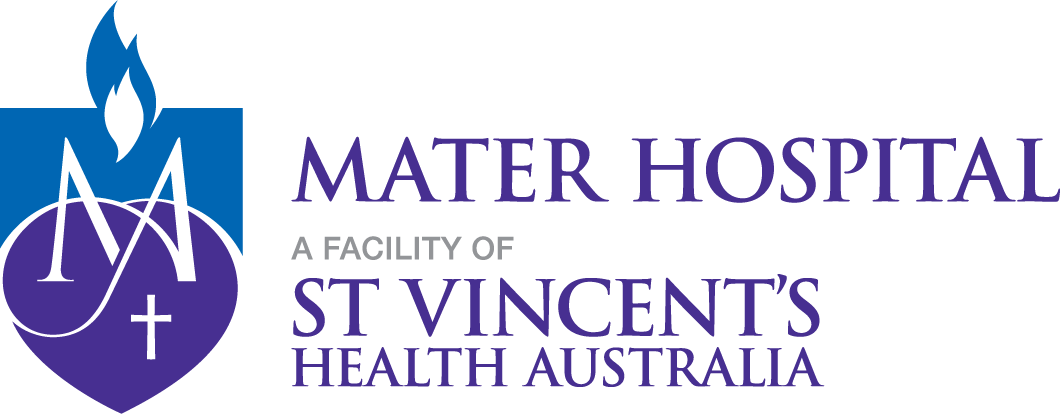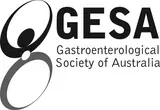Diverticular Disease
What is Diverticular Disease?
Diverticular disease is a condition that affects the colon (large intestine), where small pouches called diverticula form in the lining of the digestive tract. These pouches bulge outward through weak spots in the colon wall.
Impact of Diverticular Disease on Anatomy and Health
Your digestive system is a long, coiled tube that moves food from your mouth through your stomach and intestines, eventually removing waste. The colon, part of the large intestine, helps absorb water and prepare waste for elimination. Over time, pressure inside the colon—often from straining or constipation—can cause weak spots to bulge out and form diverticula.
In most people, these pouches never cause problems. However, if food or waste gets trapped in them, it can lead to inflammation, infection, or even tears in the colon wall. This is known as diverticulitis and can cause symptoms like pain, fever, and bowel problems.
In severe cases, diverticulitis can lead to:
- Abscesses: Pockets of pus around the colon.
- Perforation: A small hole in the colon, which can lead to peritonitis (a life-threatening infection).
- Fistulas: Abnormal connections between the colon and other organs, like the bladder.
- Bowel Obstruction: A blockage in the intestine that stops the flow of food or waste.
These complications often require hospitalisation and, in some cases, surgery.
Causes and Risk Factors for Diverticular Disease
The exact cause of diverticular disease is not fully understood, but several factors are believed to contribute to the development of diverticula in the colon:
- Increased Pressure in the Colon: When stools are hard or bowel movements are infrequent, more pressure is needed to push them out. This can create small bulges in weak areas of the colon wall.
- Low-Fibre Diet: Fibre adds bulk and softness to stools. Without enough fiber, stools become harder to pass, increasing the risk of diverticula.
- Aging: As we age, the walls of the colon naturally weaken, making it easier for diverticula to form.
- Straining During Bowel Movements: Often due to constipation, this adds more pressure to the colon.
- Genetic Predisposition: Some people may be born with a greater tendency to develop diverticular disease.
Types of Diverticular Disease
Diverticular disease can be categorised into three main types based on symptoms and severity:
- Diverticulosis
- This is when small pouches (diverticula) form in the colon wall but cause no symptoms.
- It is often found during routine tests like colonoscopies or imaging.
- Symptomatic Uncomplicated Diverticular Disease
- People may have recurrent abdominal pain, bloating, or changes in bowel habits, but no inflammation or infection is present.
- It resembles conditions like IBS (Irritable Bowel Syndrome).
- Diverticulitis
- This occurs when areas of diverticular disease become inflamed or infected.
- It can be:
- Uncomplicated Diverticulitis – inflammation.
- Complicated Diverticulitis – involves more serious problems like abscesses, perforation, fistulas, or bowel obstruction.
Symptoms of Diverticular Disease
The symptoms depend on whether a person has diverticulosis or diverticulitis.
Diverticulosis
Most people with diverticulosis have no symptoms. Some may experience:
- Mild cramping
- Bloating
- Constipation or diarrhea
These symptoms are often vague and may be mistaken for other common digestive issues.
Diverticulitis
When diverticula become inflamed or infected, symptoms become more noticeable and may include:
- Abdominal Pain: Usually on the lower left side of the abdomen, and it may be sudden or worsen over time.
- Fever and Chills: Indicate infection.
- Nausea and Vomiting
- Change in Bowel Habits: Constipation or sometimes diarrhea.
- Bloating and Tenderness in the Abdomen
- Loss of Appetite
In more severe cases, complications like rectal bleeding, abscesses, or intestinal blockage can occur. If you experience persistent abdominal pain, fever, or blood in your stool, it’s important to seek medical help right away.
Prevention of Diverticular Disease
The good news is that there are simple steps you can take to help prevent diverticular disease and reduce your risk of developing complications:
Eat a High-Fibre Diet
Fibre helps soften stool, making it easier to pass and reducing pressure on the colon. Aim for at least 25 to 30 grams of fibre per day from sources like:
- Whole grains
- Fruits (especially with the skin)
- Vegetables
- Legumes (beans, lentils, peas)
- Fibre supplements, e.g. psyllium husk
Stay Hydrated
Drink plenty of water throughout the day. Fibre needs water to move through your digestive system smoothly.
Exercise Regularly
Physical activity supports healthy bowel function. Even a daily walk can make a difference.
Avoid Smoking
Smoking is linked to a higher risk of complications, including diverticulitis and perforation.
Maintain a Healthy Weight
Being overweight or obese increases your risk of inflammation and infection.
Avoid Unnecessary Use of Certain Medications
Talk to your doctor about alternatives if you take NSAIDs, steroids, or opioids regularly, as they can raise your risk of complications.
Don't Ignore Digestive Symptoms
If you have regular constipation, bloating, or unexplained abdominal pain, speak to a healthcare provider. Early detection and lifestyle changes can prevent more serious problems later on.
Stages of Diverticular Disease
Diverticular disease often progresses through the following stages:
- Stage 0 – Diverticulosis
- No symptoms; found incidentally.
- Stage 1 – Mild Diverticulitis (Uncomplicated)
- Local inflammation with symptoms like mild abdominal pain and fever.
- Can often be treated with rest and antibiotics.
- Stage 2 – Moderate Diverticulitis with Abscess
- Inflammation leads to pus-filled abscesses.
May require drainage and hospitalisation. - Stage 3 – Perforated Diverticulitis
- A hole develops in the colon, allowing contents to leak into the abdominal cavity.
- This is a serious emergency requiring surgery.
- Stage 4 – Chronic Complications
- Repeated episodes or severe inflammation can cause:
- Strictures (narrowing of the colon)
- Fistulas (abnormal passages)
- Ongoing digestive issues
Diagnosis of Diverticular Disease
- Physical Exam: Includes checking for abdominal tenderness or bloating.
- Blood Tests: Can detect signs of infection or inflammation (like a high white blood cell count).
- Imaging Tests
- CT Scan: The most accurate test for diverticulitis. It shows inflammation, abscesses, or perforation.
- Ultrasound or MRI: Sometimes used depending on patient needs.
- X-rays: May help identify complications like bowel perforation.
- Colonoscopy
- Not during an active flare-up due to the risk of perforation.
- Recommended after recovery to rule out other conditions like colon cancer or inflammatory bowel disease.
Treatment of Diverticular Disease
For Diverticulosis (No Symptoms)
- Lifestyle Changes:
- High-fibre diet (whole grains, fruits, vegetables)
- Adequate hydration
- Regular physical activity
- Avoid Constipation: Consider fibre supplements if needed.
For Mild Diverticulitis (Uncomplicated)
- Dietary Modifications: Begin with a clear liquid diet, then gradually reintroduce solid foods.
- Medications:
- Antibiotics (sometimes)
- Pain relievers (not NSAIDs like ibuprofen, as they can worsen the condition)
- Rest and Monitoring
For Severe or Complicated Diverticulitis
- Hospitalisation: Needed for IV fluids, stronger antibiotics, or close monitoring.
- Drainage: Abscesses may need to be drained.
- Surgery:
- Required for:
- Recurrent diverticulitis
- Perforations
- Fistulas
- Severe bleeding
- Types of surgery:
- Bowel Resection (removing the affected portion of the colon)
- Colostomy (temporary or permanent in extreme cases)
Ongoing Management
- After recovery, doctors may recommend a colonoscopy.
- Preventative care includes:
- Dietary fiber
- Probiotics (in some cases)
- Lifestyle changes
What if Diverticular Disease is Untreated?
If diverticular disease, especially diverticulitis, is left untreated, it can lead to serious complications, such as:
- Abscess: A collection of pus that can be painful and may need draining.
- Perforation: A tear in the colon wall, leading to life-threatening peritonitis.
- Fistulas: Abnormal connections between the colon and nearby organs like the bladder or vagina.
- Bowel Obstruction: Inflammation or scarring can narrow the colon, blocking waste flow.
- Chronic Digestive Issues: Ongoing pain, bloating, and irregular bowel habits.
- Recurrent Infections: Repeat flare-ups become harder to manage over time.
- Sepsis: A life-threatening condition caused by widespread infection in the body.
Untreated complications may lead to emergency surgery and even be life-threatening, especially in older adults or those with other health conditions.













